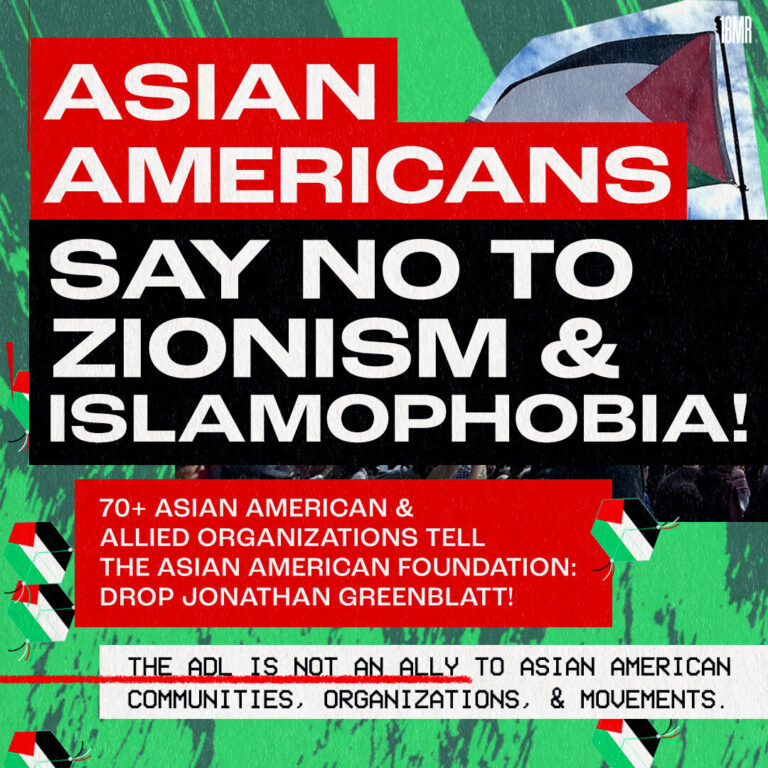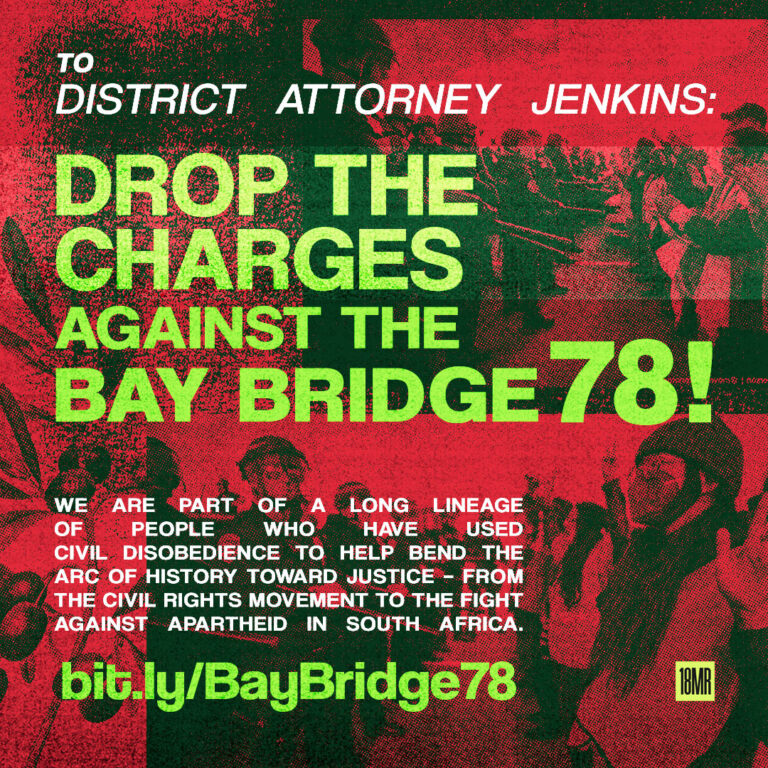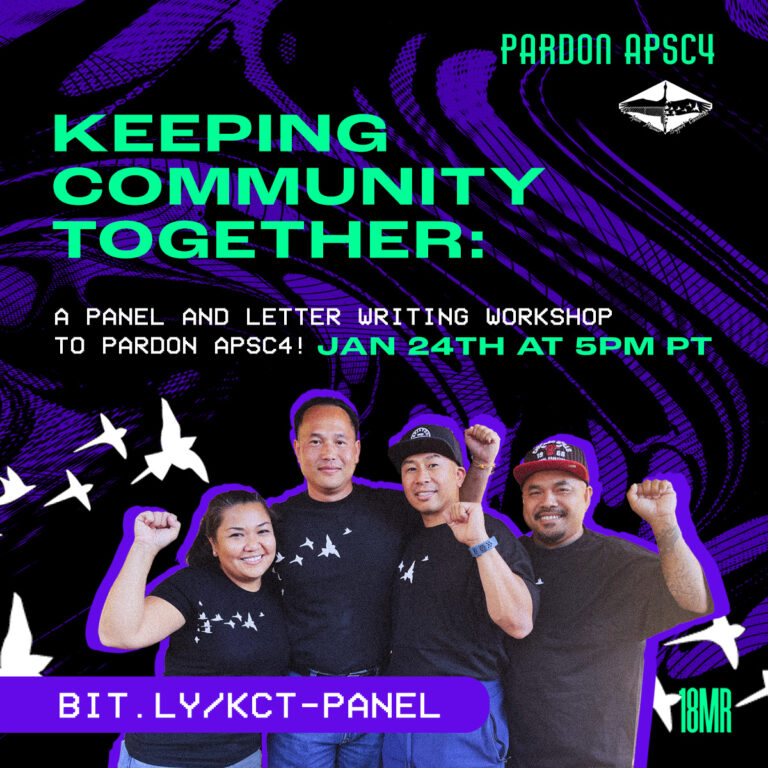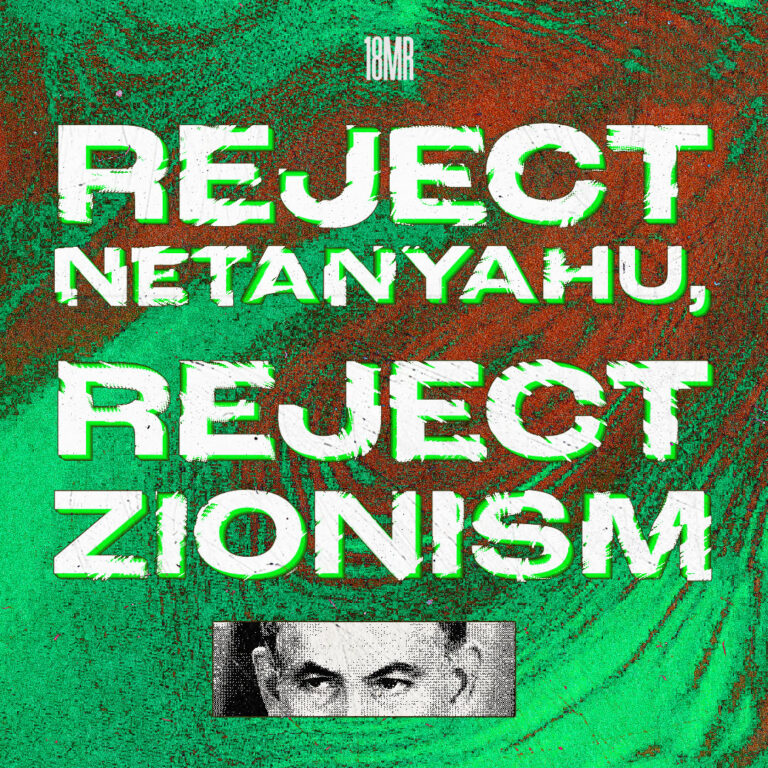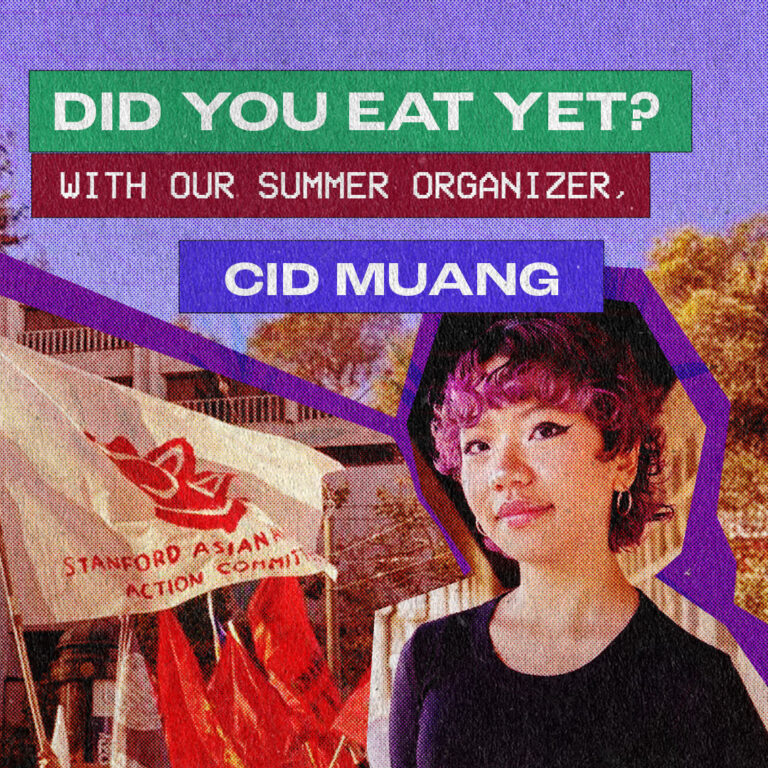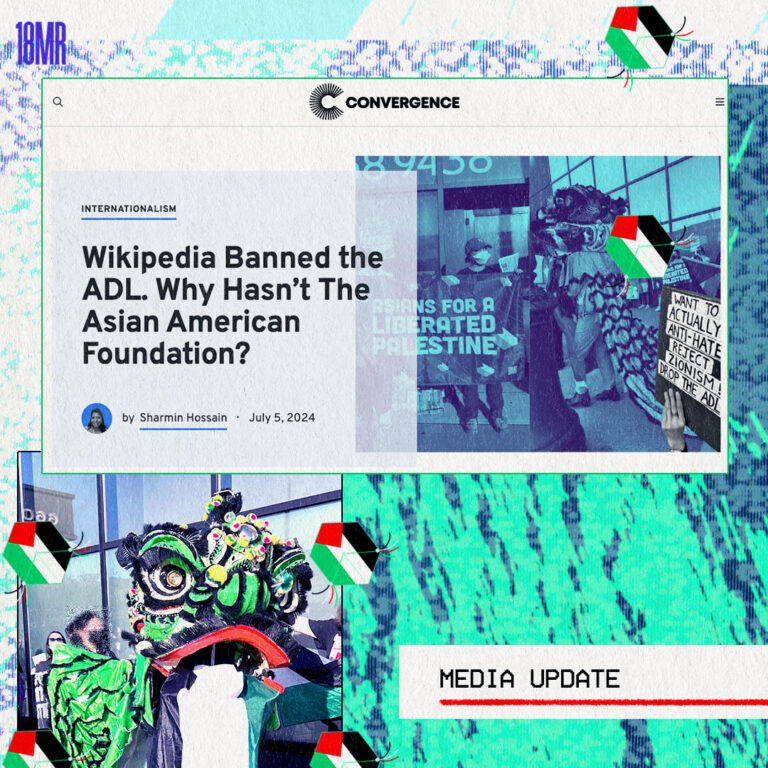Written By Bianca Nozaki-Nasser
Last year, I was fortunate enough to see you both speak at a conference in Honolulu on Oʻahu. Kimberlé, your work coining the term intersectionality has been groundbreaking. Mari, we champion you as the first Asian American to receive tenure in the United States. Together, your work as lawyers and activists contributed to forming Critical Race Theory (CRT). However, that day I saw something in your work which I rarely read about: your powerful friendship. As an Asian woman and Black woman doing this work, you show us that privilege does not need to be obscured or compared for us to be in this movement side by side. I want to thank you, not only for your lifetimes of incredible work, but for sharing your friendship with us.

Like many of us, you started out as student organizers. In 1981, you two organized your own “Alternative Course” on race and law in response to Harvard Law School’s failure to do so. Even as students, you put theory into action and created a space to address the overlooked realities of race in the law. At its core, CRT asks us to consider how we can transform the relationship between race, racism, and power to work toward the liberation of Black people and people of color. From the sentencing of Kelley Williams Bolar, a Black mother sentenced to five years in prison for lying about her school district address to CalGang, the algorithmic policing database that identified 42 infants as gang members, Critical Race Theory helps to expose the violent structures which uphold a racialized world.
A few years ago, I was in a graduate school design program at a school that consistently failed and gaslit its students of color and Black students. As an artist and organizer focused on racial justice, I was confronted by my white cis-male professor asking me, “what if I don’t want to think about that?” By “that,” he really meant us – students of color, Black, queer, disabled, and immigrant students. If he was unwilling to think about how perpetuating privilege and oppression harmed us, how could we trust him to teach us?
This form of “color blindness” cannot exist in the fight for liberation. In the book you co-edited together Words That Wound, you tell us that dismissing the importance of race guarantees that institutionalized and systematic racism prospers. So, I organized with two other women in my cohort, Godiva Reisenbichler, and Lauren Williams, to co-found Antiracist Classroom, a student-run organization to combat white supremacy in design education and practice. It was your foundational work that gave students like us the words we needed to advocate for our ideas, ourselves, and each other.
As I listened to you two discuss your careers as lawyers on that stage in Honolulu, I was thrilled to hear you two speak about art. Mari, you explained the importance of your own arts practice, and Kimberlé, you shared how art can provide a form of critical and necessary power that cannot always be written into legal briefs. We know that the law often reflects who our society deems worthy of wealth, power, and at times even life. Similarly, artists use their mediums to build worlds that reflect their values. By deconstructing and rewriting racist headlines Artist Alexandra Bell effortlessly visibilizes normalized public practices that uphold the violence of white supremacy through language and images. Artists and cultural workers remind us that other worlds are possible. While art does not replace the work of lawyers, community driven art can provide a platform for voices that have historically been ignored by the law. In this way, the law and art are both instrumental materials for building futures.

Today, I am a core organizer for amwa, a collective of femme and/or nonbinary pan-Asian art workers in Los Angeles (Tongva land). We use art, design, and arts labor as tools for radical resistance, community building, and political education.Your exchange affirms the need for intersectional, and collaborative cultural work that many of us young artists and organizers are striving towards.
Thank you for leading us by example. Thank you for your individual brilliance, and your shared dynamism. Thank you for letting us witness the many gifts of your continued friendship.
In gratitude,
Bianca

Bianca Nozaki-Nasser is an artist, designer, strategist, and educator living in Los Angeles, California (occupied Tongva land). Her work reimagines the relationships between creative technology, digital organizing, and cultural work. Bianca is the product+design strategist at 18 Million Rising, a co-founder of the Antiracist Classroom (@antiracistclassroom), an initiative to counteract racism and white supremacy in design education and practice, and core organizer at amwa (@amwa.work), a collective of femme and non-binary pan-Asians that use art and design as tools for radical resistance, community building, and political education. Bianca received her M.F.A. in Media Design Practices from the ArtCenter College of Design, Pasadena, and her B.A. in Communication from the University of Southern California.

